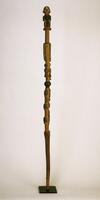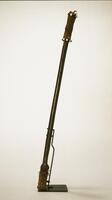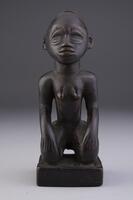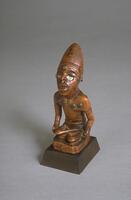7 UMMA Objects
7 UMMA Objects

Kongo (Kongo (culture or style))
Staff
1900 – 1950
Gift of Margaret H. and Albert J. Coudron
2001/2.42

Kongo (Kongo (culture or style))
Staff
1900 – 1950
Gift of Margaret H. and Albert J. Coudron
2001/2.73

Kongo (Kongo (culture or style))
Female Figure
Gift and partial purchase from the estate of Kurt Delbanco in honor of Nicholas Delbanco
2017/1.641

Kongo (Kongo (culture or style))
Staff
1900 – 1950
Gift of Margaret H. and Albert J. Coudron
2001/2.64

Kongo (Kongo (culture or style))
Power figure (nkisi kozo)
20th century
Gift of Dr. James and Vivian Curtis
1997/1.352

Kongo (Kongo (culture or style))
Staff
1900 – 1950
Gift of Margaret H. and Albert J. Coudron
2001/2.11

Yombe;Kongo (Yombe (culture or style);Kongo (culture or style))
Seated Male Figure
1825 – 1875
Museum purchase made possible by the David L. Chambers and John G. Crane Fund for Acquisitions
1999/1.94
Loading…
